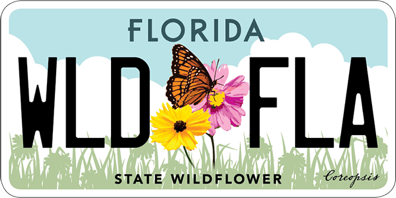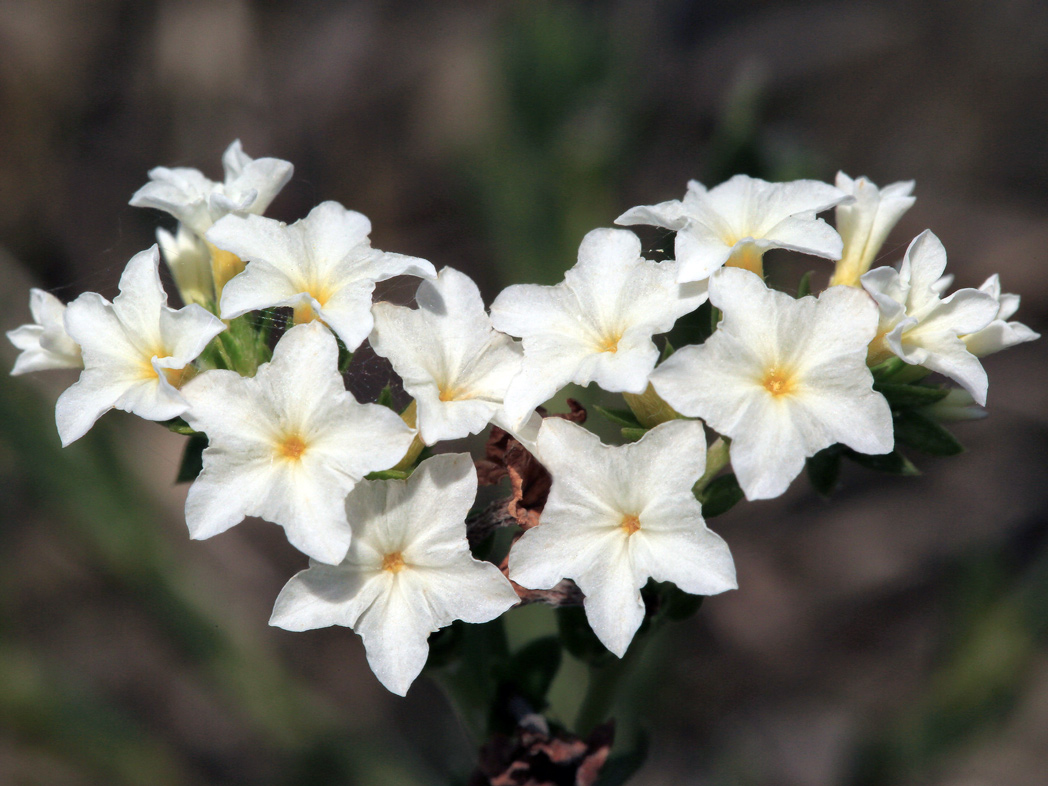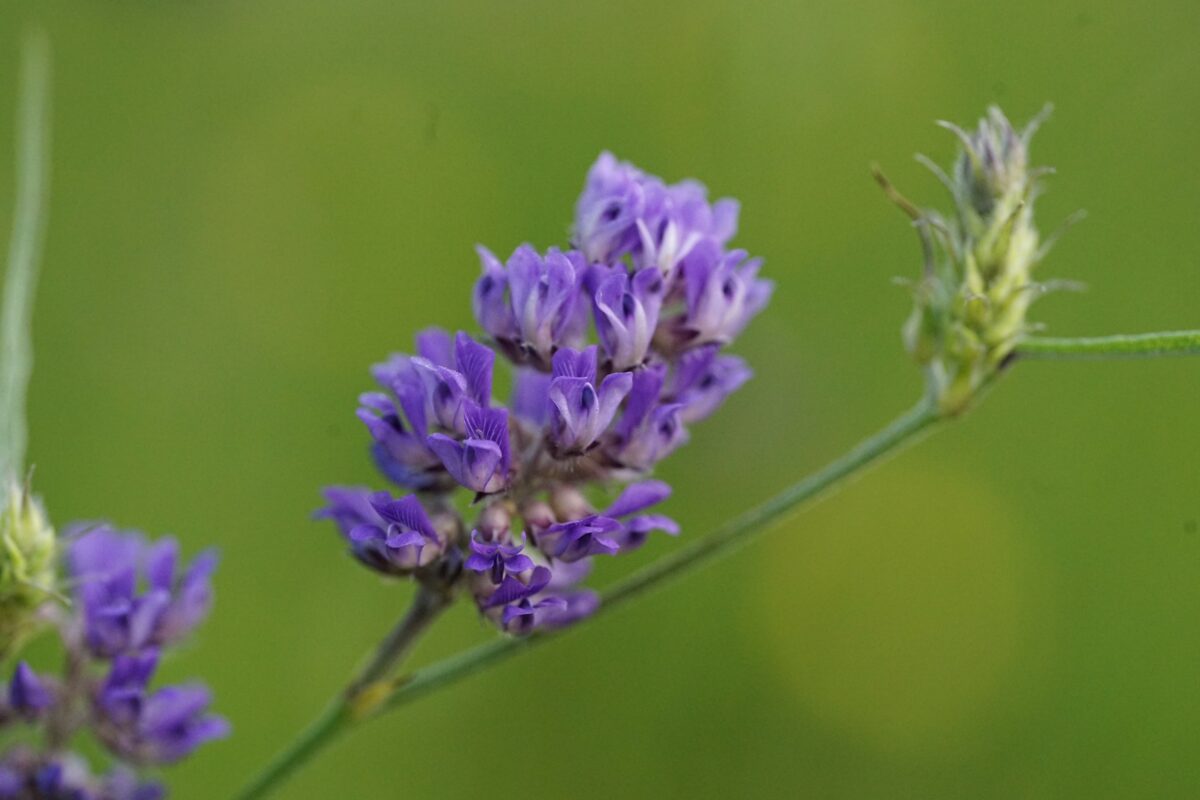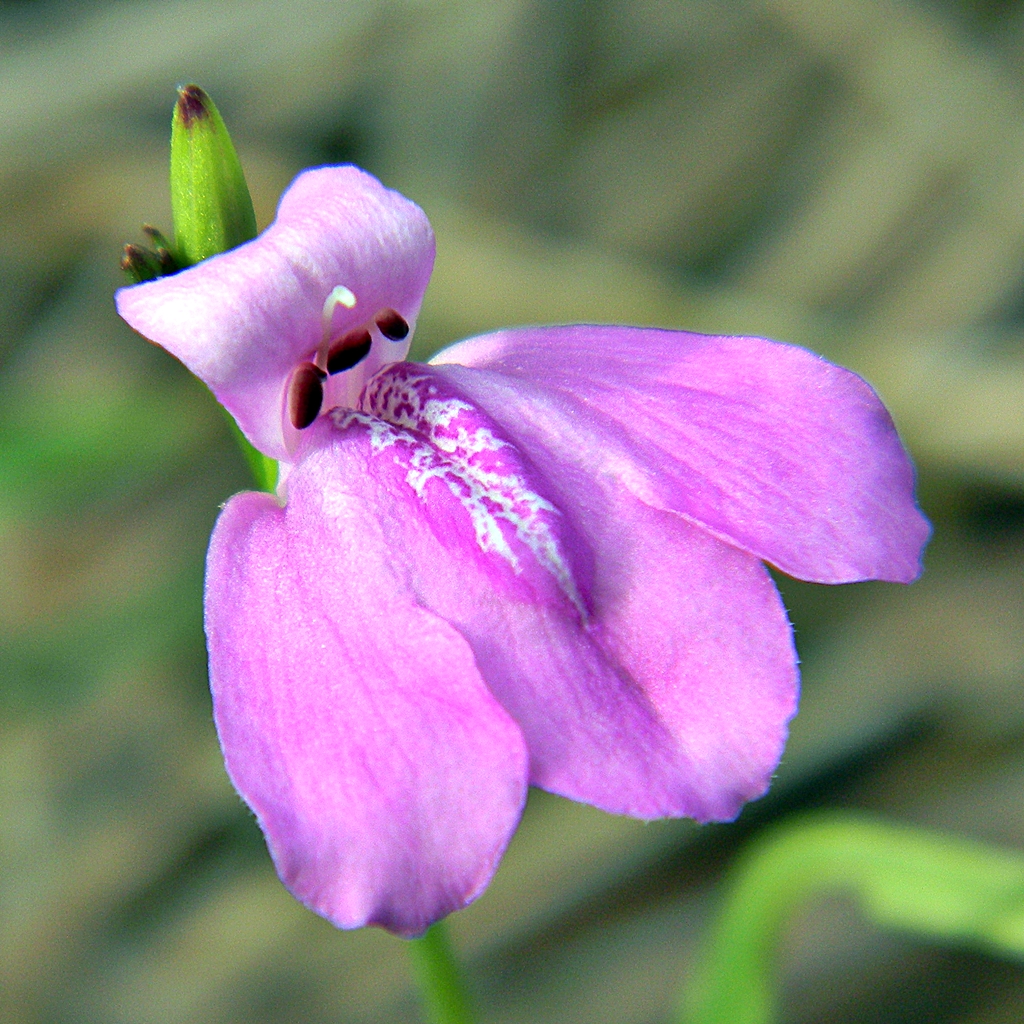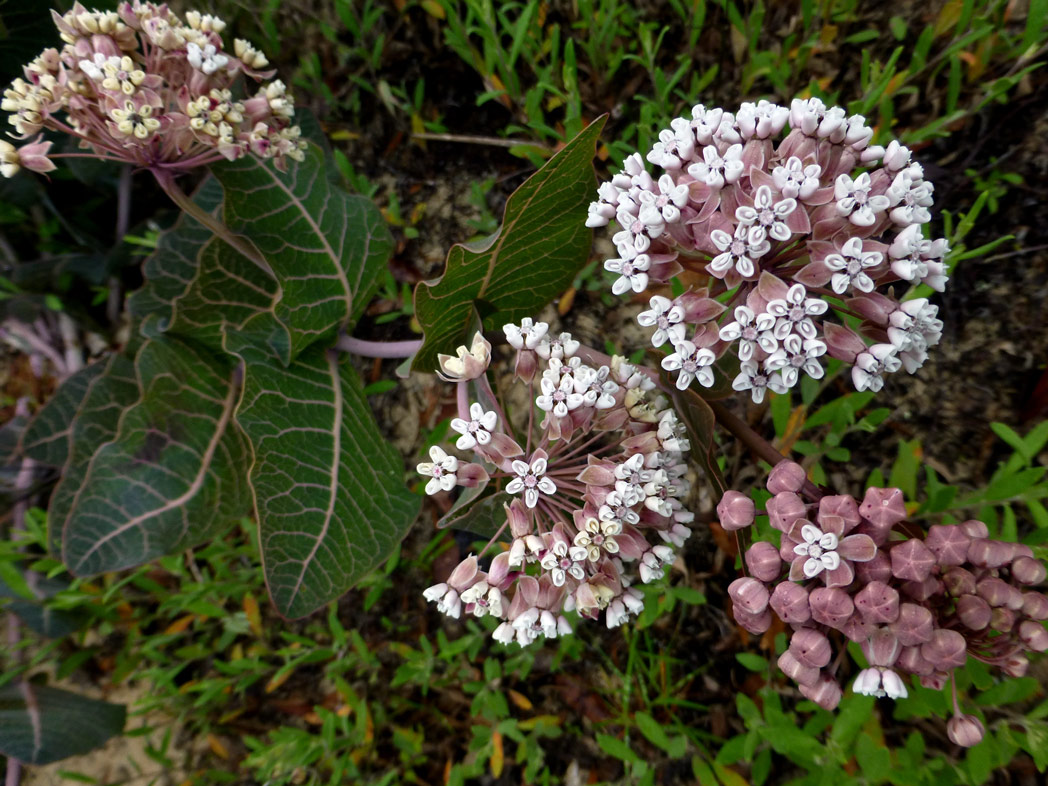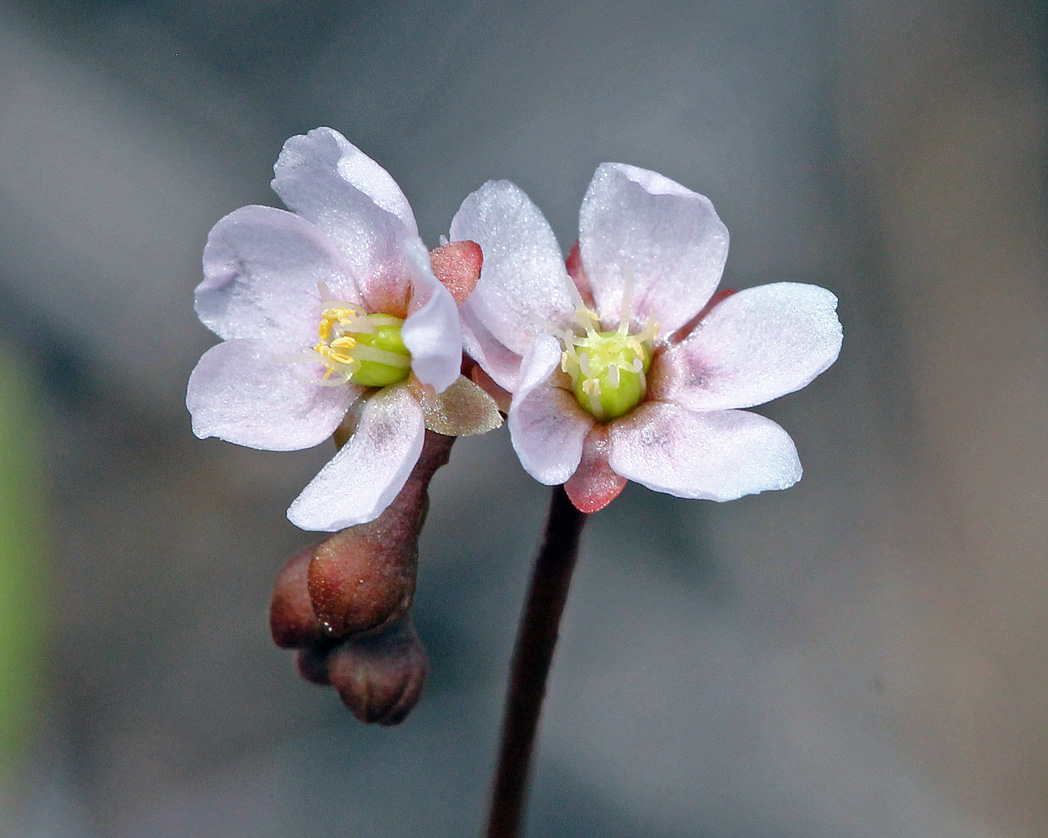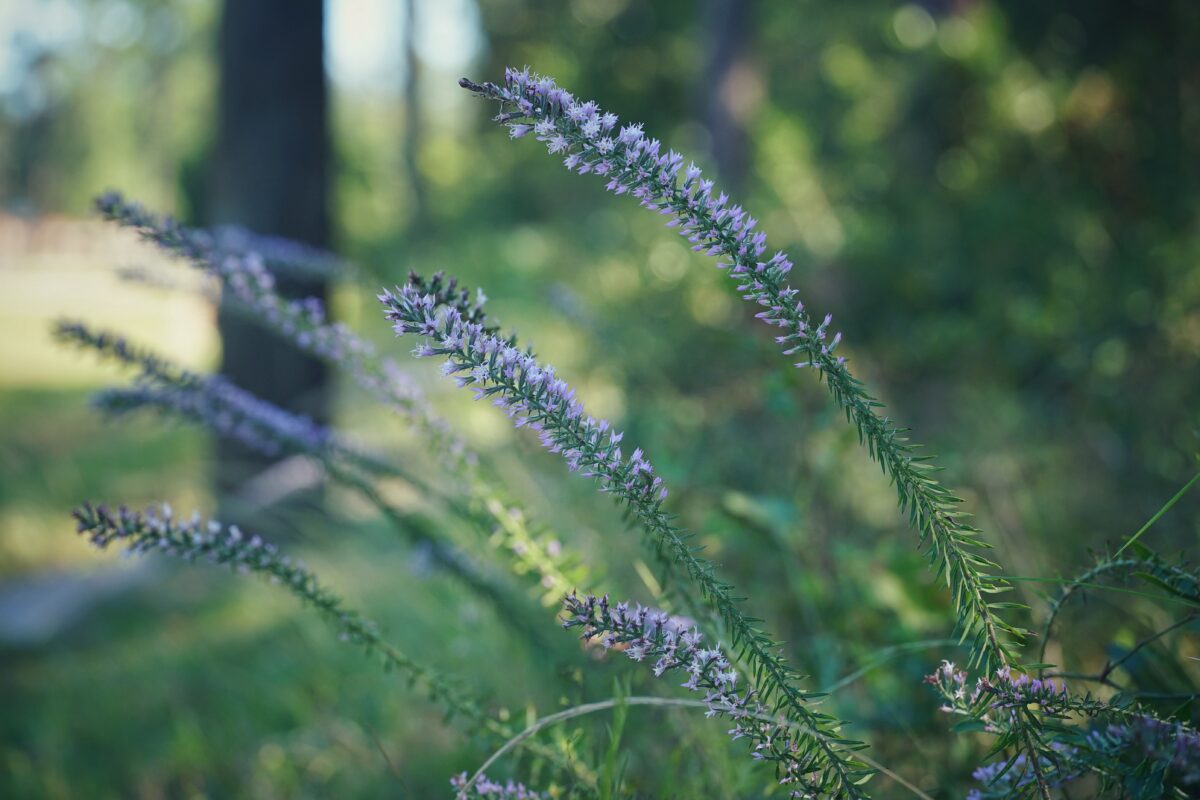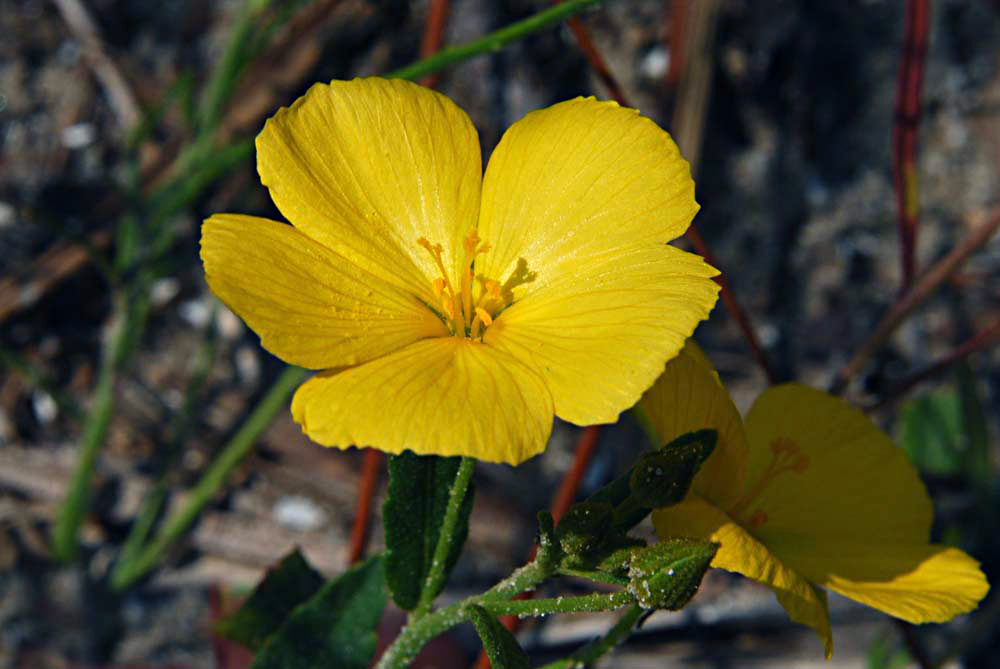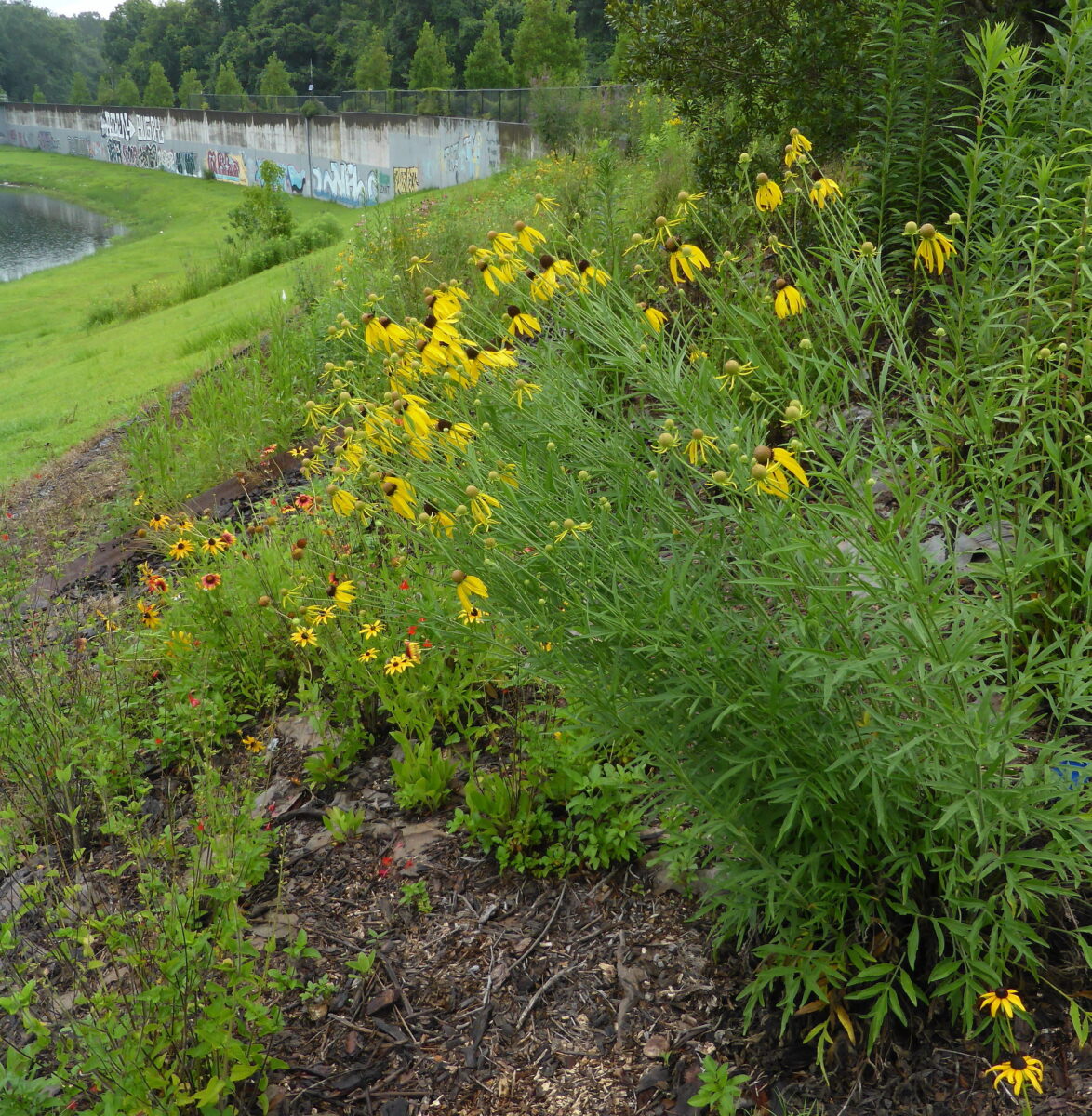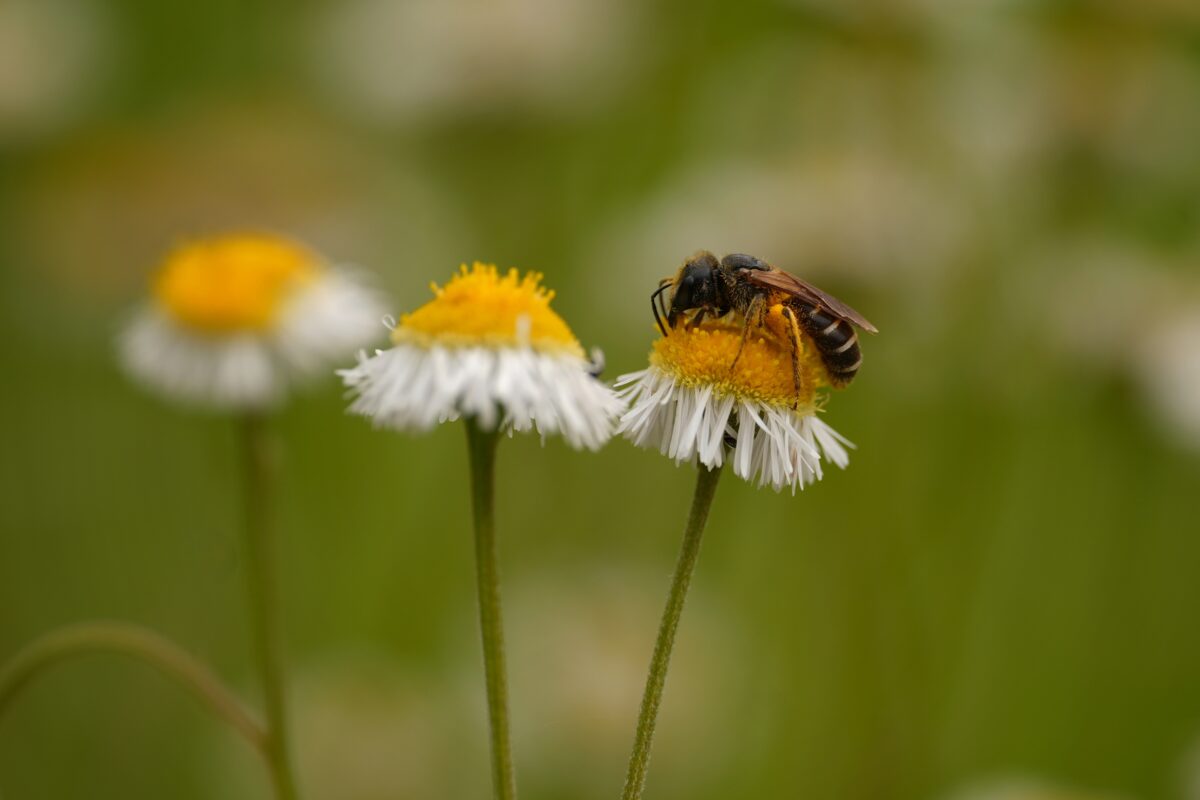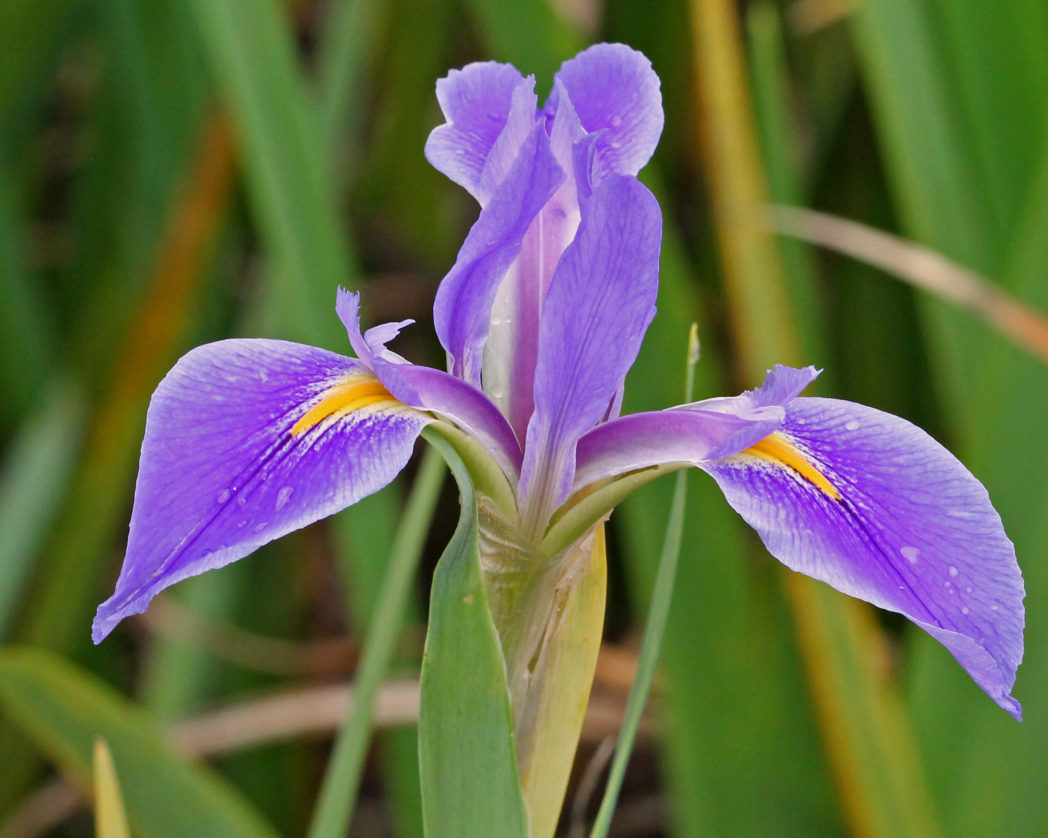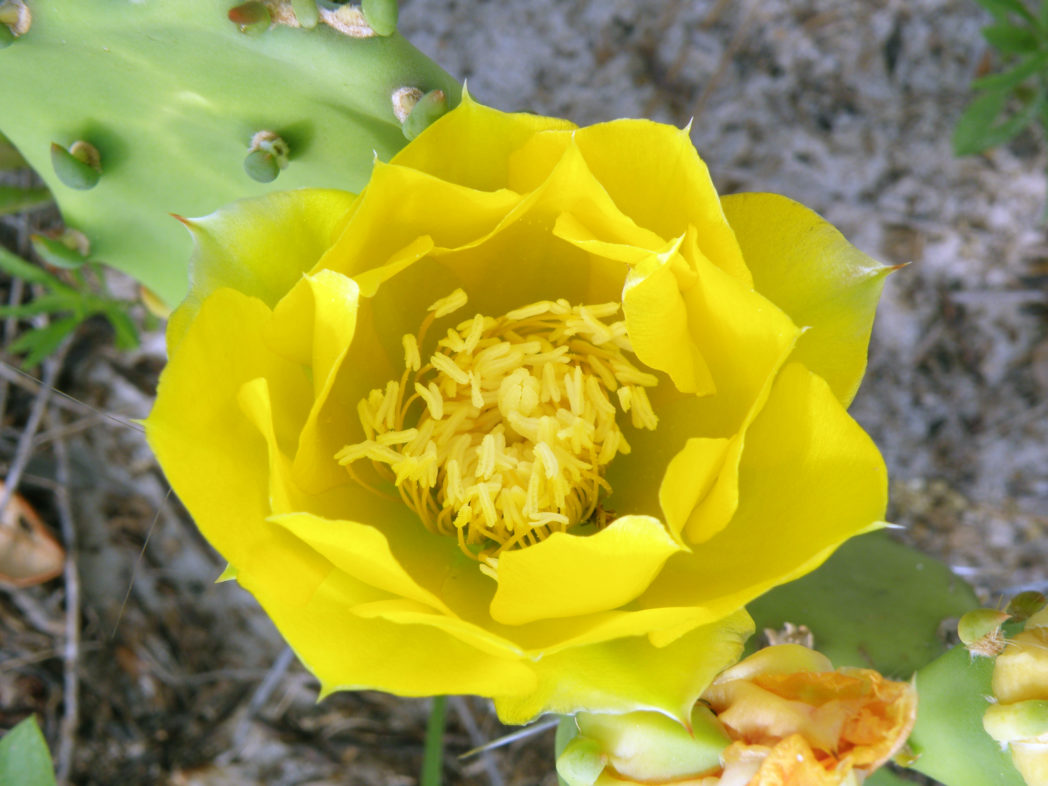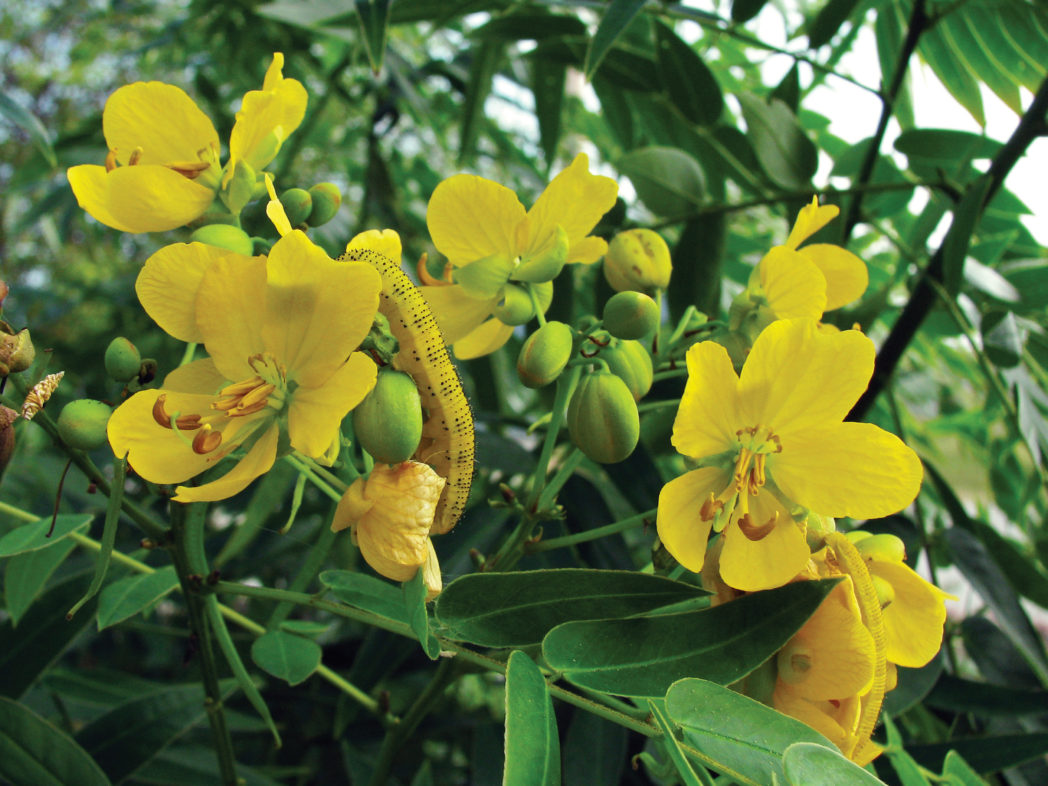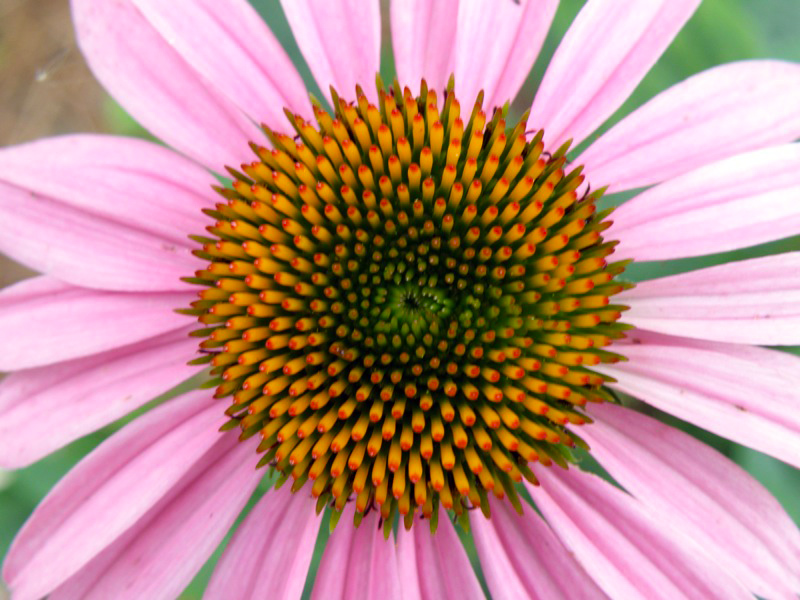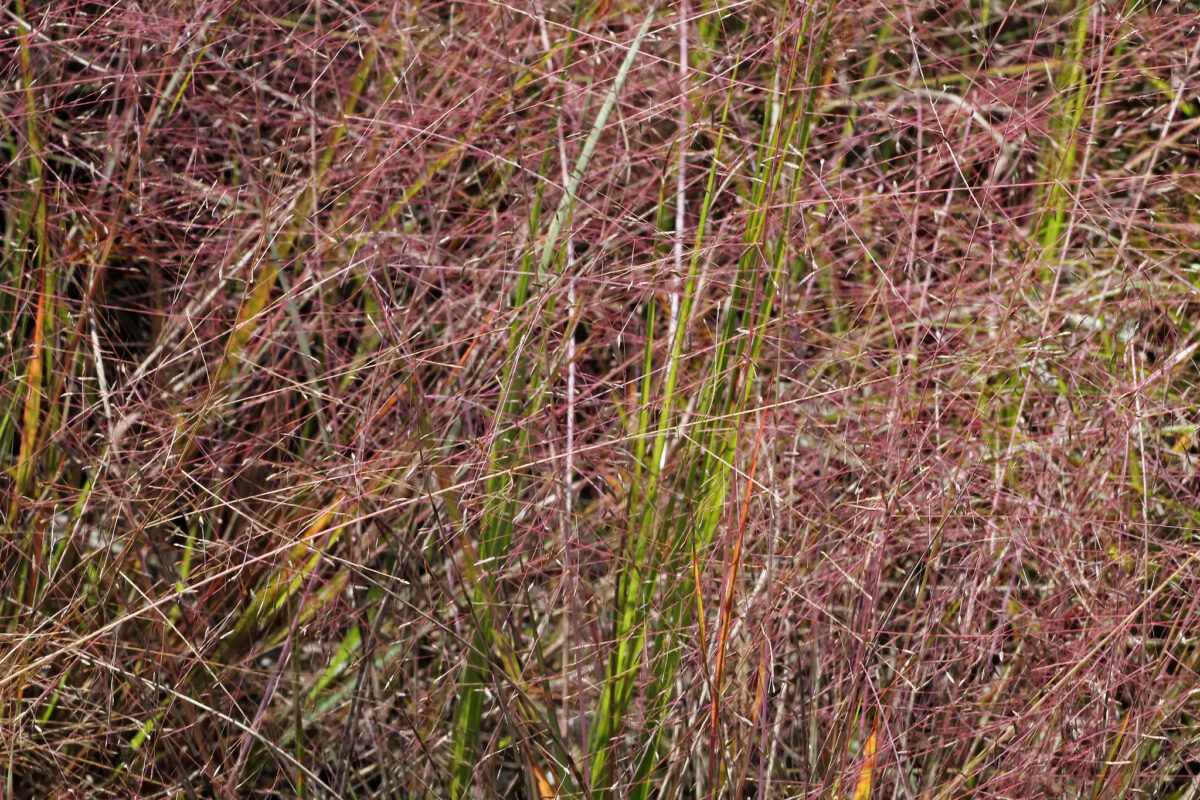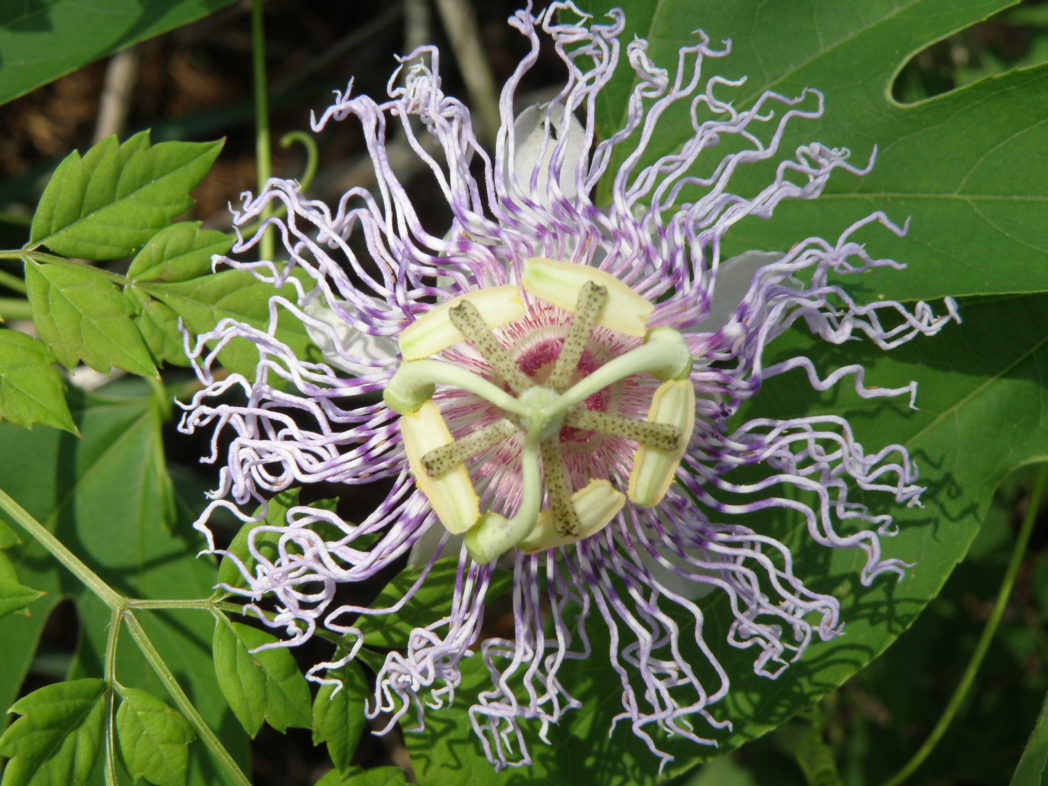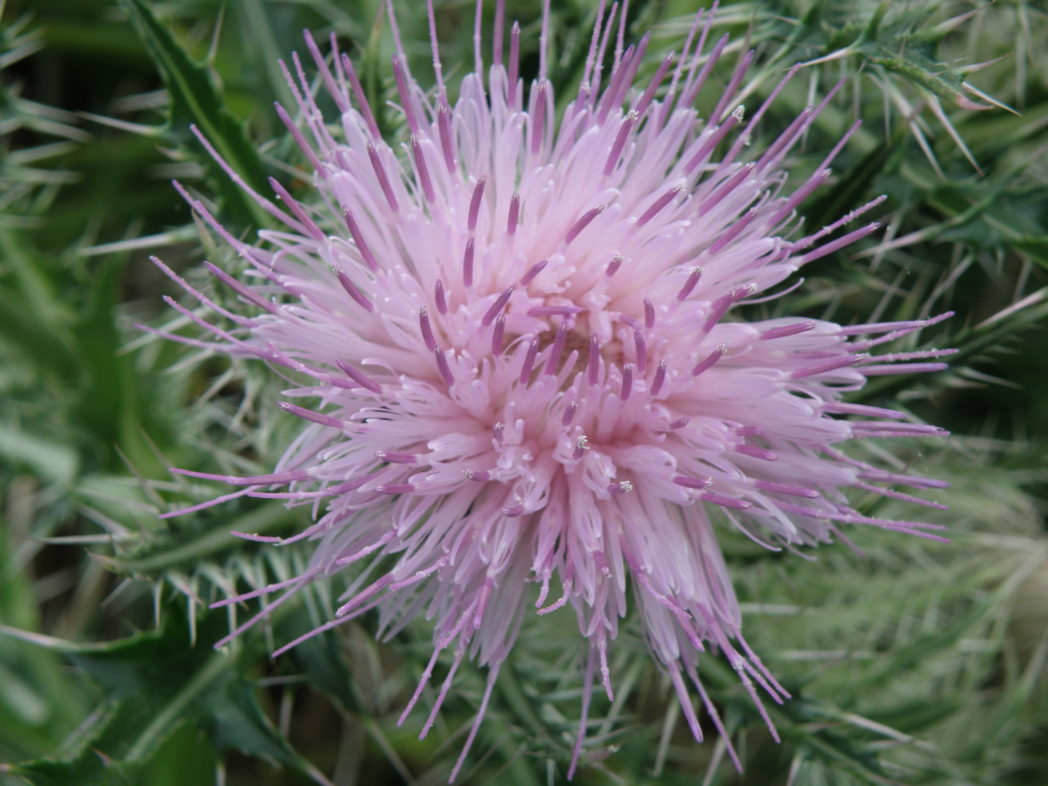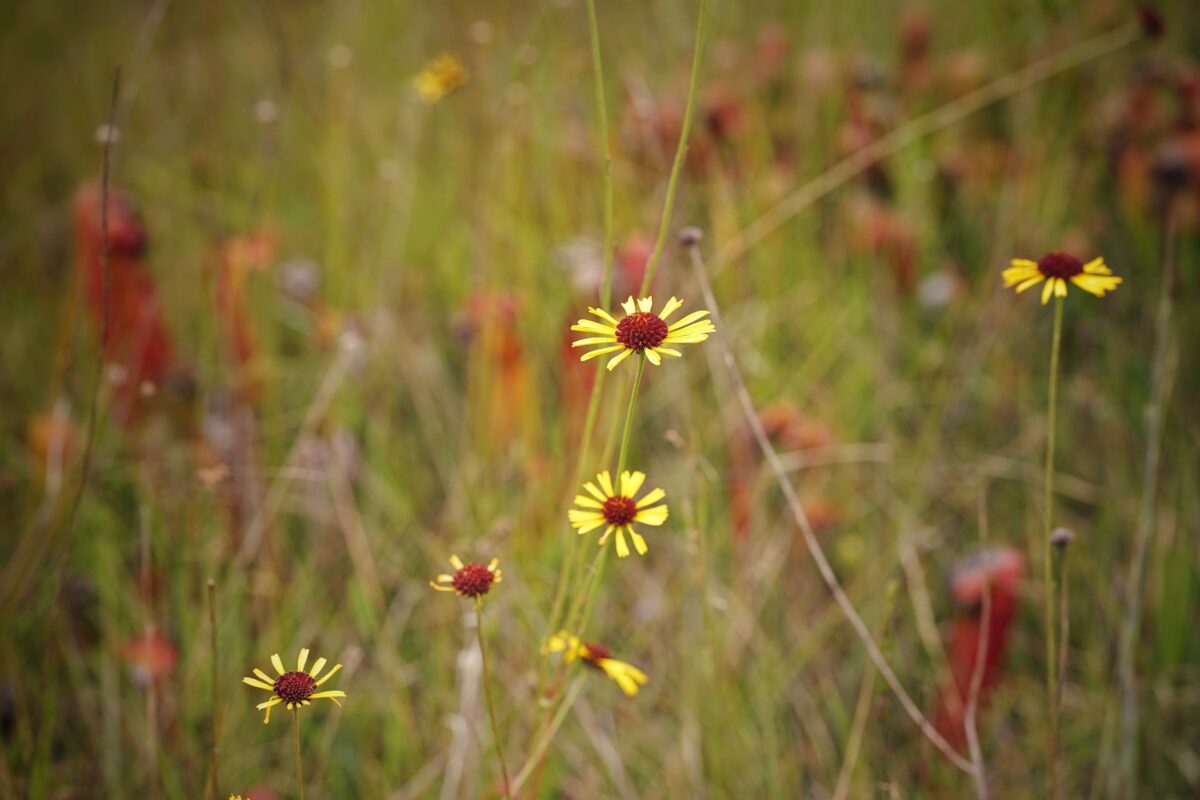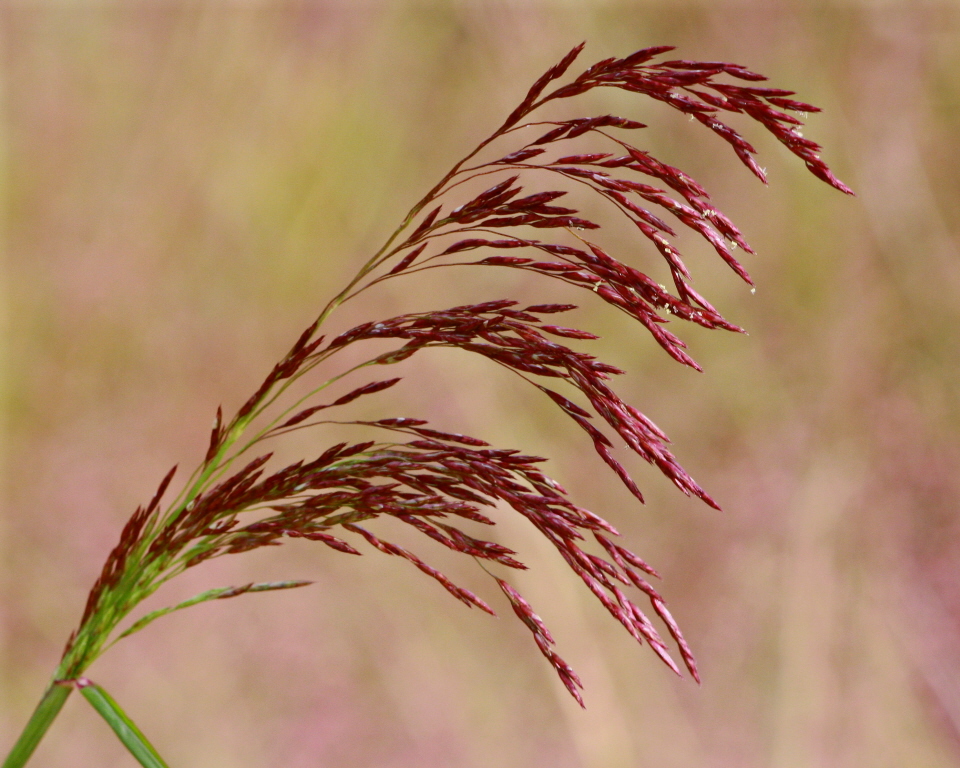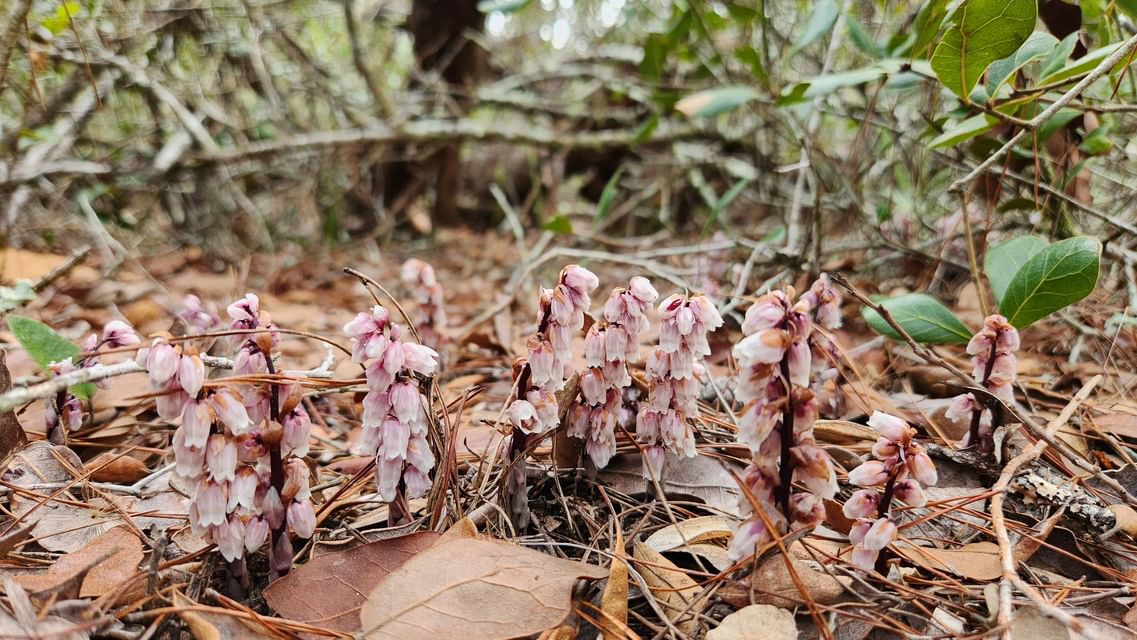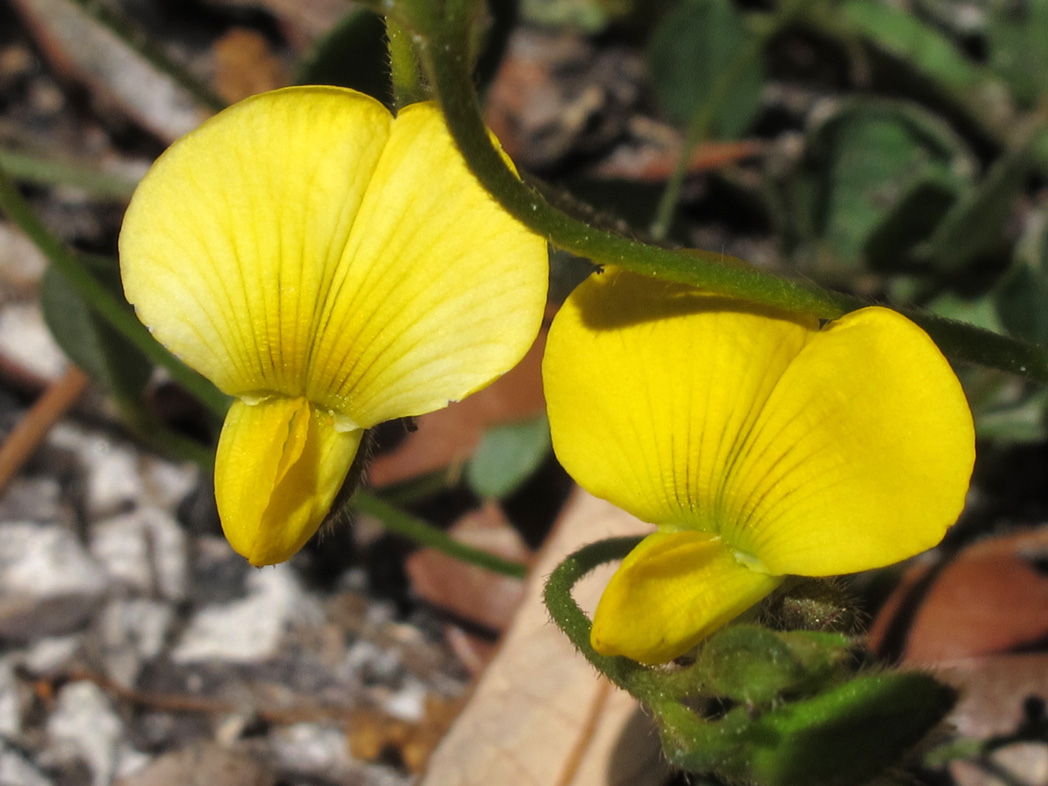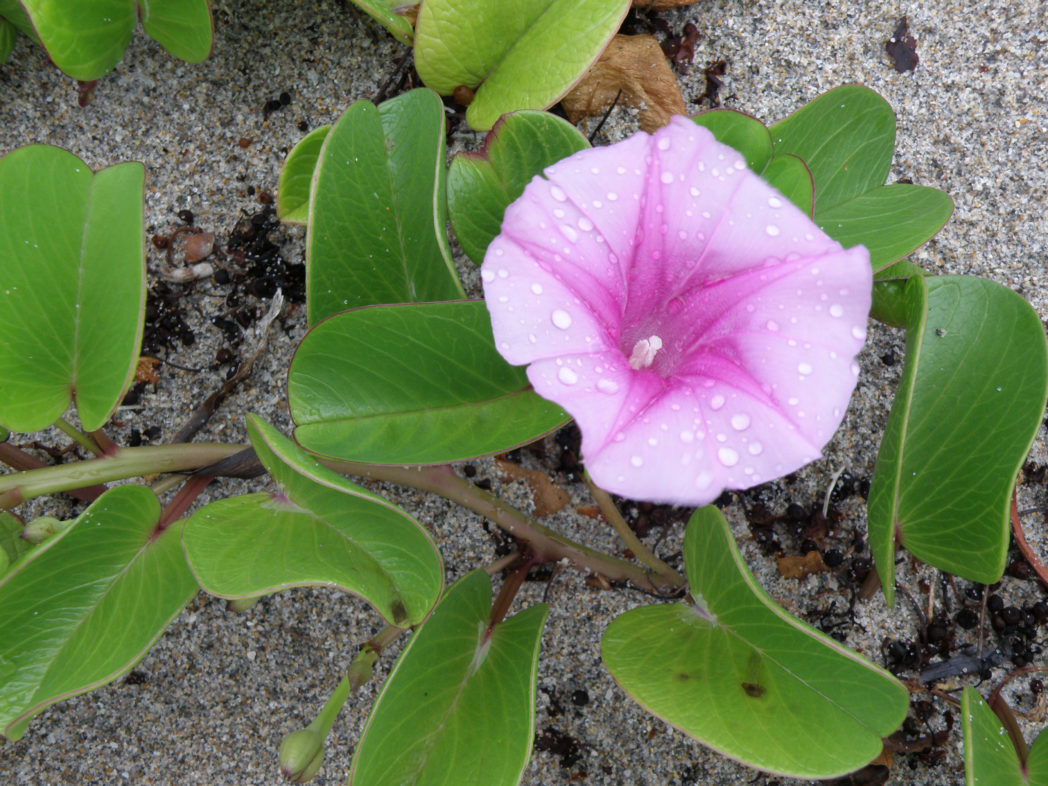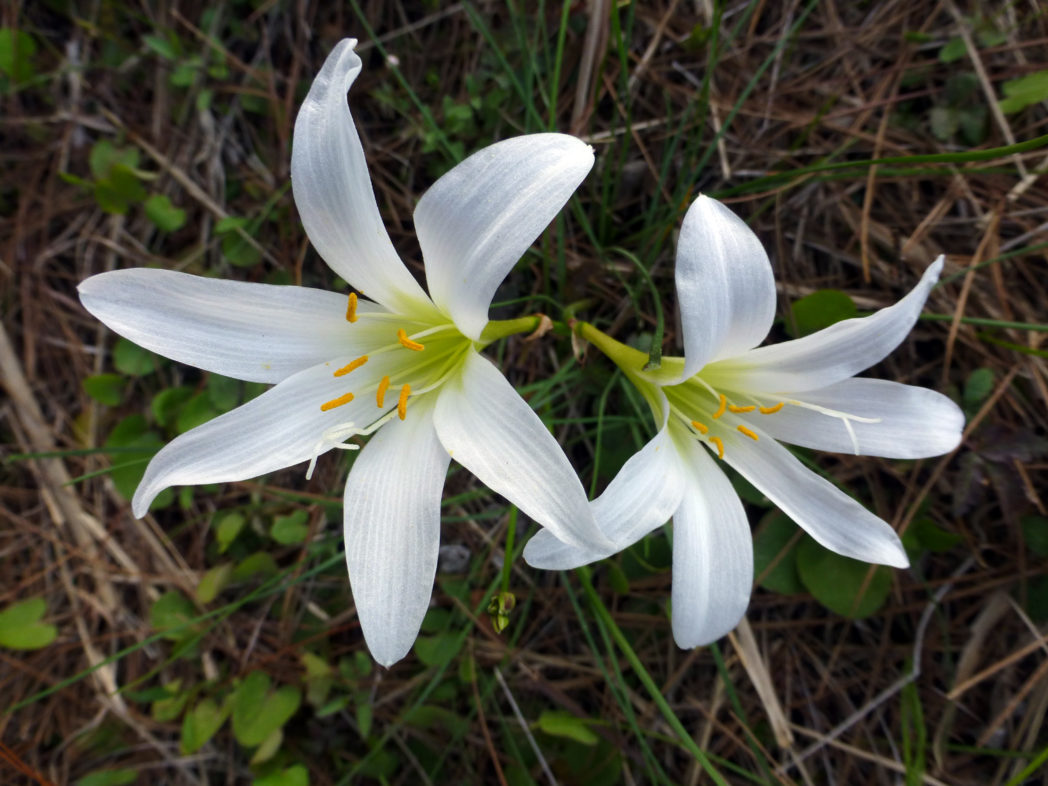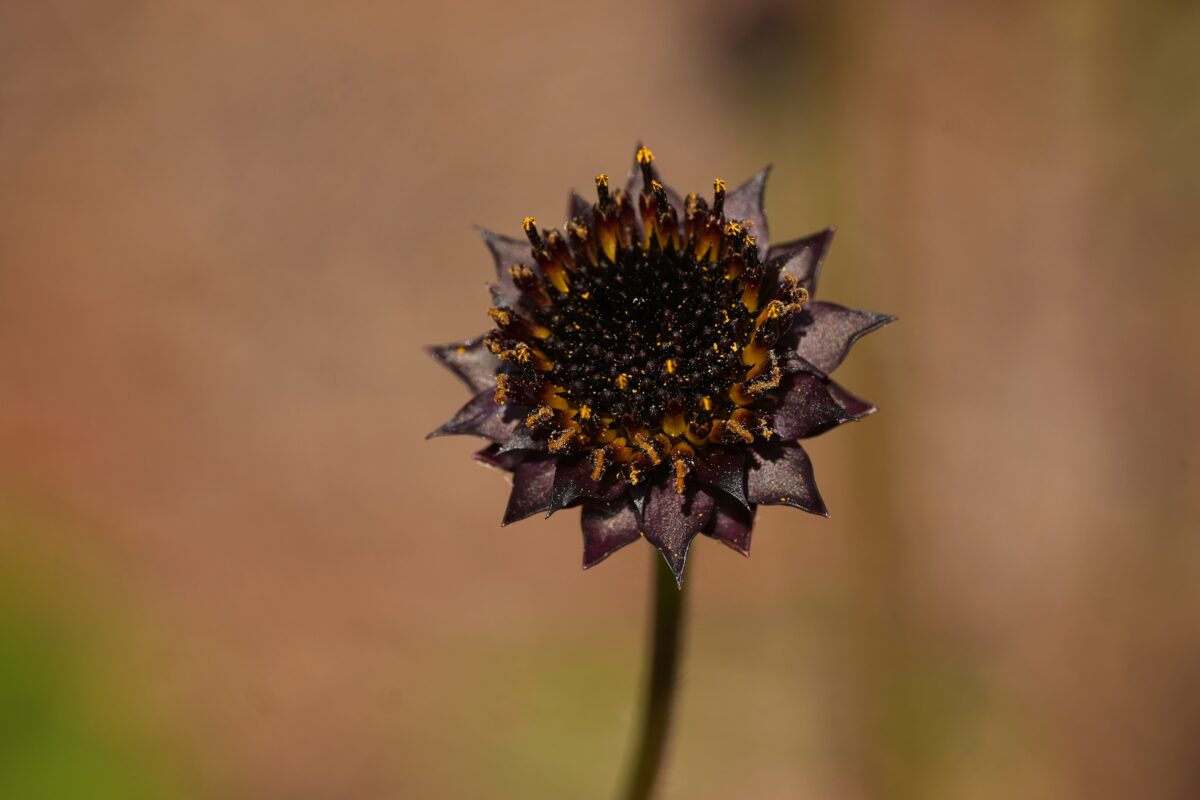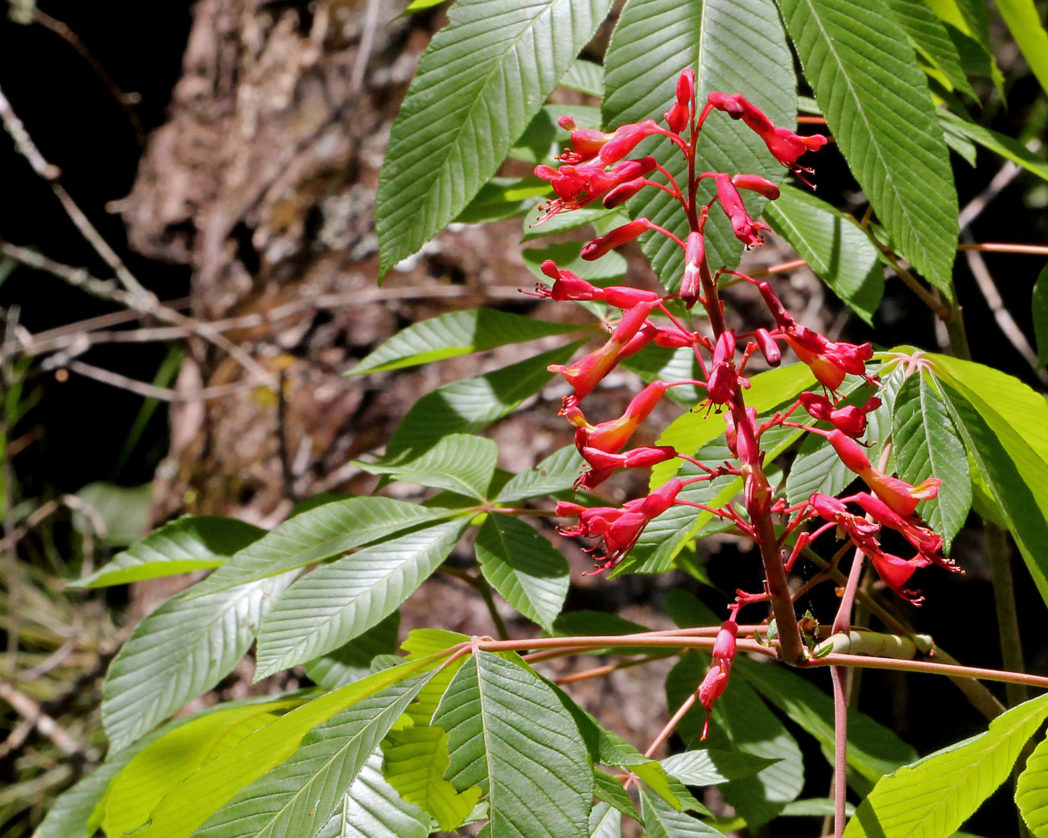Pineland heliotrope
Consider Pineland heliotrope (Euploca polyphylla) if you’re looking for year-round blooms! This Florida endemic wildflower is adaptable to a variety of conditions. Its small white or yellow flowers attract many pollinators.
Pineland leatherroot
Pineland leatherroot (Orbexilum virgatum) is an exceptionally rare and beautiful perennial wildflower that inhabits dry to moist areas of pine savannahs. Its bright purple flowers bloom from late spring into midsummer.
Pineland waterwillow
Pineland waterwillow (Justicia angusta) is an elegant wildflower found in lake and pond margins and wet pinelands, prairies and disturbed areas throughout much of Florida. It is near-endemic, occurring outside of Florida in only a few Georgia counties. The plant blooms spring through fall and attracts mostly bees. The genus name Justicia is an homage to Sir James Johnson, an 18th century Scottish horticulturalist. The species epithet angusta is from the Latin angustus, meaning “narrow,” and alludes to the plant’s narrow leaves.
Pinewoods milkweed
Pinewoods milkweed (Asclepias humistrata) occurs naturally in sandhills, scrub and dry, ruderal areas. It blooms in spring and summer, attracting many pollinators including wasps and butterflies.
Pink sundew
Pink sundew (Drosera capillaris) is an insectivorous wildflower that grows in abundance in wet pinelands, savannas and bogs, where it can form a glistening red carpet.
Pinkscale gayfeather
In fall, Florida’s natural areas and roadsides light up with flares of bright purple from our 17 native Liatris species. Among them, Pinkscale gayfeather (Liatris elegans) is one of the most beautiful and unique.
Pitted stripeseed
Pitted stripeseed (Piriqueta cistoides) is a cheerful perennial wildflower that emerges in early spring and typically blooms in late summer. It attracts small bees and butterflies.
Prairie coneflower
While Prairie coneflower (Ratibida pinnata) is most common in the prairies and limestone glades of the midwestern US, its southernmost range dips into Florida’s Panhandle.
Prairie fleabane
Also known as Daisy or Rough fleabane, Prairie fleabane (Erigeron strigosus) is a petite wildflower with abundant white and yellow flowers that are a valuable nectar source for small butterflies and bees.
Prairie iris
Prairie iris (Iris savannarum) is an emergent aquatic with showy flowers that bloom in spring. It has one of America’s largest native iris flowers.
Pricklypear cactus
Pricklypear cactus (Opuntia mesacantha) flowers in late spring, attracting a wide range of pollinators, especially native bees. The fleshy fruits and seeds are eaten by birds, small mammals and gopher tortoises.
Privet senna
Privet senna (Senna ligustrina ) occurs naturally in hammocks and disturbed areas. Its flowers are mainly bee-pollinated, but the plant is a larval host for the Cloudless sulphur and Sleepy orange butterflies.
Purple coneflower
Purple coneflower (Echinacea purpurea) has striking blooms that attract a variety of butterflies, bees and even hummingbirds. Its seeds are eaten by birds and other wildlife.
Purple lovegrass
Purple lovegrass (Eragrostis spectabilis) is a perennial bunchgrass with an abundance of delicate flowers that cover the plant in a billowy purple haze.
Purple passionflower
Purple passionflower (Passiflora incarnata) has extraordinarily intricate purple-and-white-fringed flowers. The plant is the larval host plant of several butterflies including the Gulf fritillary and Zebra longwing.
Purple thistle
Purple thistle (Cirsium horridulum) is a larval host for the Little metalmark and Painted lady butterflies. The seeds are an important food source for seed-eating birds.
Purpledisk honeycombhead
State-endangered Purpledisk honeycombhead (Balduina atropurpurea) occurs in wet pine flatwoods, savannas, bogs and wet ditches and is pollinated by a variety of insects including bumblebees and butterflies.
Purpletop
Purpletop (Tridens flavus) is an attractive bunchgrass. Its late summer to early fall blooms create a striking magenta to burgundy display. Purpletop also offers significant wildlife value.
Pygmy pipes
Winter brings interesting blooms to North Central Florida’s hardwood hammocks, including the cryptic Pygmy pipes (Monotropsis reynoldsiae). With only around 10 populations currently known, this narrow range endemic species is listed as state-endangered.
Rabbitbells
Rabbitbells (Crotalaria rotundifolia) is a low-growing wildflower found in pinelands, sandhills and disturbed sandy areas throughout Florida. Its small yellow flowers bloom throughout the year, attracting mostly bees. The unassuming plant often goes unnoticed as its flowers do not open until the afternoon and remain open only for one day. Of the 15 species of Crotalaria that occur in Florida, only four are native. Rabbitbells is the most common and widespread of the native species.
Railroad vine
Railroad vine (Ipomoea pes-caprae) is a fast-growing, evergreen vine found on beach dunes. Its large showy flowers attract bees, butterflies, moths, flies, beetles, wasps and ants.
Rain lily
Rain lily (Zephyranthes atamasca) is a short-lived perennial wildflower that blooms late winter through early summer. Its showy, solitary flowers are white,sometimes tinged with pink).
Rayless sunflower
Rayless sunflower (Helianthus radula) is a unique member of the Helianthus genus—its ray florets are almost entirely absent. It blooms late spring through fall and attracts a variety of pollinators.
Red buckeye
Red buckeye (Aesculus pavia) is a deciduous understory shrub or small tree with showy clusters of red, tubular flowers that appear in late winter through spring.
